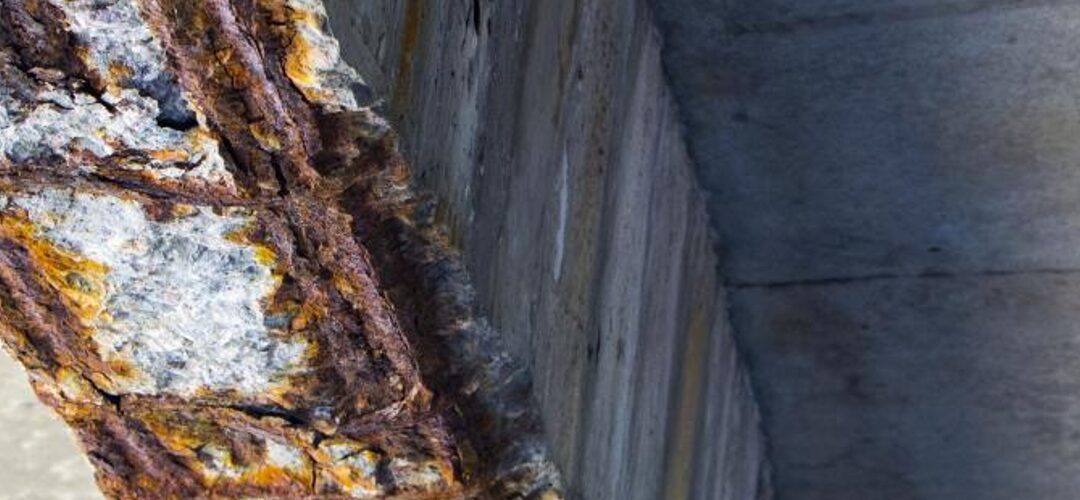Several approaches are available for repairing and rehabilitating concrete structures that have failed or have faults. These concrete restoration processes and materials are described in this article. Concrete is the most frequently used and versatile building material, with significant advantages over steel and other materials.
However, one frequently encounters various flaws in concrete. Defects might appear as cracks, spalling of concrete, reinforcement exposure, excessive deflections, or other symptoms of distress. Corrosion of reinforcement can frequently cause cracking and spalling of concrete, as well as a decrease in structural strength. Such circumstances necessitate the Repair of impacted zones, as well as the replacement of the complete building.
Causes of Concrete Structure Failures or Defects
The following are the most common reasons for concrete structure failures:
- Deficiency in structural design and detailing and incorrect assumptions in the loading criterion.
- Defective structural design, use of inferior and substandard materials, poor craftsmanship, and carelessness in quality control and oversight.
- Fire, flood, and earthquake damage, for example.
- Marine environments and chemical degradation.
- Abrasion, wear and tear, collision, moisture, and other factors can cause damage.
- Concrete movement is induced by foundation settlement, heat expansion, and other factors.
Failure and Defect Detection in Concrete Structures
A correct diagnosis establishing the source, nature, degree of damage, and the weakness or degradation induced in the structure is critical because an incorrect diagnosis may lead to poor material and repair procedure selection, failing in the repaired zone again. Inspecting the structure’s serviceability may also be required after completing the necessary repairs.
When is the Repair and rehabilitation of concrete structures required?
The following factors can lead to the need for structural repairs:
- The structure’s design is flawed.
- Poor execution and craftsmanship
- Weather extremities and environmental circumstances
- A chemical attack on a high level
- The structure’s aging
Concrete Structure Repair and Rehabilitation Techniques
The technique used for structure repair or restoration is determined by the cause, extent, and nature of the damage, the function and importance of the structure, the availability of suitable materials and facilities for Repair, and a thorough understanding of the long-term behavior of the materials used for the repair work.
Depending on the situation, the repairing procedure may be superficial (cosmetic) or, in some situations, replace a portion or the entire structure.
Concrete Repair Types
Several types of concrete repair methods can be undertaken depending on the nature and level of damage to the concrete surface. Some of the most popular types of concrete repairs are as follows:
Filling or sealing fissures in the concrete surface is part of crack repair. A crack repair can keep water out and avoid future damage to the concrete.
- Spalling Repair: This happens when the surface of the concrete breaks away, creating a rough or pitted appearance. Filling or patching the damaged area to restore the surface is what spall repair entails.
- Repairing concrete joints: Concrete joints are designed to allow for expansion and contraction, and joints can degrade and require Repair over time. Filling, sealing, or re-caulking the joint may be required for joint Repair.
- Leveling and slab jacking: Slab jacking can level uneven concrete surfaces. To raise the concrete slab to the desired level, a grout mixture is injected beneath it.
- Structural Repair: this entails repairing or rebuilding damaged concrete structures. Repairing reinforcement, adding reinforcement, or rebuilding broken concrete portions are all structural repairs.
Repair of decorative concrete surfaces, such as stamped or tinted concrete, may be necessary to retain their appearance. Filling or repairing the surface or reapplying the decorative finish are cosmetic repairs.
In conclusion, the type of concrete Repair needed is determined by the type and extent of damage to the concrete surface. Hiring a skilled concrete repair contractor helps ensure the correct repair process is employed to return the surface to its original state.
Things To Consider While Performing Concrete Repair Methods
There are various aspects to consider while repairing concrete cracks. Use the most recent and effective patch repair bonding chemicals to guarantee that the patch lasts as long as feasible. This will assist in sealing the crack and prevent it from spreading further. Surface preparation is also crucial, and this helps to protect your concrete and extend its life. You avoid using water or other chemicals, which could damage the concrete or cause it to decay faster.
Fill up cracks and smooth the surface of the repaired area with sealants and caulking guns. Remove any debris from the cracks before filling them. Avoid allowing moisture into the cracks, expansion joints, and foundation, as this could cause corrosion or deterioration of the concrete surrounding the repair area.
Get in touch
Zavza Seal LLC is a professional concrete repair company serving the Long Island communities for decades. We have the right tools, equipment, licenses, and warranties to give you robust concrete structures for your home or office. So get in touch today!
Related Blog Posts:
- How Long Does the Restoration Process Take for Homes With Water Damage?
- What to Do If Your Home Has Water Damage?
- Signs of Water Damage in the Basement Walls
- Water Damage & Mold: Everything You Need To Know in 2023
- Things You Should Know About Water Damage
- Who Do I Call After My House Has Water Damage Restore?
- What Causes Water Damage to Floors and Walls
Related Services:
Our service areas:
Get A Free Estimate

